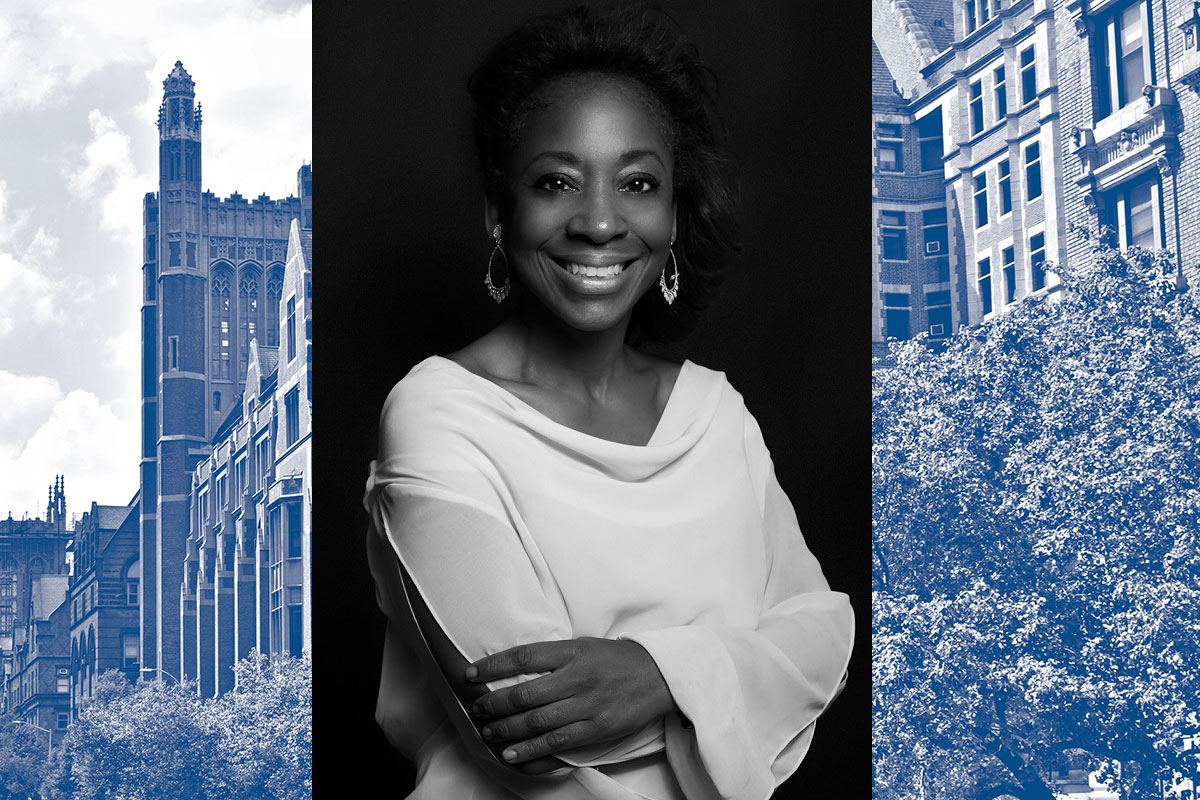Yvonne Thevenot was 11 when, encouraged by a loving father who was an official at IBM, she set about mastering the intricacies of software coding. She majored in Computer Science at the University of Dayton, won a Minority Scholar computer programming internship with the Mead Corporation, earned a master’s in teaching from the University of Southern California and went on to oversee a $2 billion business unit for a prominent major financial institution.
With a resume like that, it's no surprise that Thevenot was recently named to Hacker Noon’s list of 200 Black Women in Technology to Follow on Twitter. Yet that honor may owe in equal part to her response as a school parent concerned about racism.
Volunteering in her son’s fourth-grade classroom, Thevenot observed a teacher who disproportionately monitored and singled out boys of color for misconduct.
A good student who absorbed material quickly, Thevenot’s son would occasionally allow his attention to wander. Left with nothing to do after completing his work early, he would sometimes talk or help his peers with their assignments.
His teacher classified the actions as a behavioral problem.
“My son loved school,” Thevenot says. “When he suddenly stopped loving it, both my ex-husband and I asked, ‘What’s going on here?’”
They enrolled him the next year in a private, bilingual French school.
But, focused on issues of education and equity, Thevenot didn’t stop there.
I’m a problem solver who is always interested in understanding why people do things. After what happened with my son, I wanted to understand more about how teachers are trained.
—Tech entrepreneur and TC doctoral student Yvonne Thevenot (M.Ed. ’20)
“I’m a problem solver who is always interested in understanding why people do things,” she says. “After what happened with my son, I wanted to understand more about how teachers are trained.”
Ultimately, Thevenot left the corporate world to create a model to share her enthusiasm for STEM with young people struggling with subjects that had hooked her at the age of 11. “I wanted to plug the STEM gap, but I honestly thought I couldn’t do it in a classroom because of all the things required of a K-12 teacher, such as teaching to the test,” she explains. “I needed to find a non-profit willing to accept the way I wanted to teach kids computer science.”
A Harlem sports program bought into her concept, allowing Thevenot to implement an after-school robotics, coding, technology and science program that helped young athletes prepare for STEM questions on New York Regents exams.
In 2016, she formed her own non-profit, STEM Kids NYC. She has also applied the inquiry-based, interactive STEM Kids model to a summer camp she has launched in her hometown of Springfield, Ohio, to honor her father, who died in 2016.
STEM Kids NYC is currently educating students in five New York City public, charter and private schools in after-school formats and operating “residency” programs integrated into the school-day curriculum (with the expectation that other buildings will be added as schools return to in-class learning).
Yet despite those successes, Thevenot, who is her own toughest critic, still felt she needed to learn more about curriculum development. To do so, she earned a master’s degree from TC’s Curriculum & Teaching program, which “taught me how to develop curriculum and strategies for children with different modes of learning.” She’s now pursuing her Ph.D. in the College’s Department of Mathematics, Science & Technology with a focus on integrating STEM spaces with sustaining, culturally-responsive pedagogies and social justice education. She’s drawn particular inspiration from culturally responsive teaching pioneers Christopher Emdin, Associate Professor of Science Education, and Felicia Mensah, Professor of Science Education, whose work stands in sharp contrast to the approach of her son’s fourth-grade teacher.
You don’t have to be a Black teacher to connect to Black kids. But teachers need to be responsive to students who don’t look like they do. And they need to apply a lens that identifies and corrects for bias. A teacher who understands the different cultural practices they see in the classroom won’t find those differences disruptive.
—Tech entrepreneur and TC doctoral student Yvonne Thevenot (M.Ed. ’20)
“You don’t have to be a Black teacher to connect to Black kids,” Thevenot says. “But teachers need to be responsive to students who don’t look like they do. And they need to apply a lens that identifies and corrects for bias. A teacher who understands the different cultural practices they see in the classroom won’t find those differences disruptive.”

